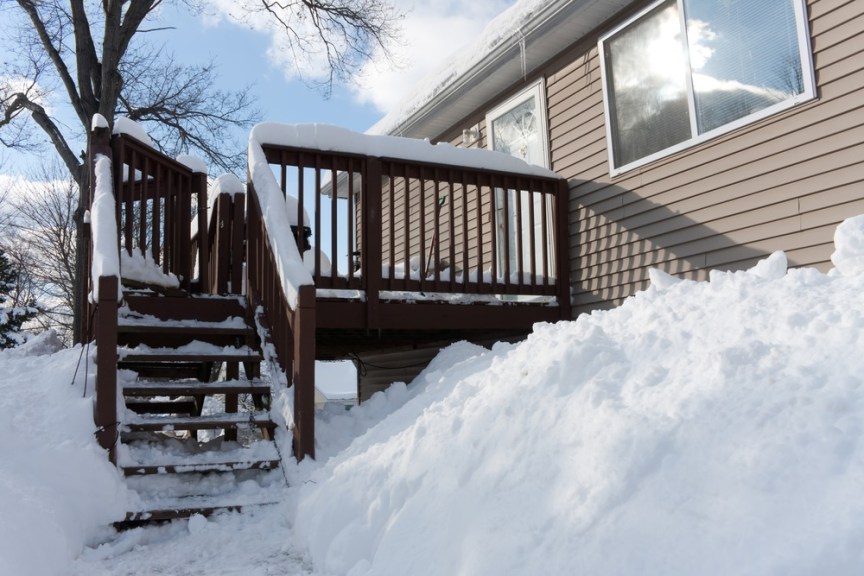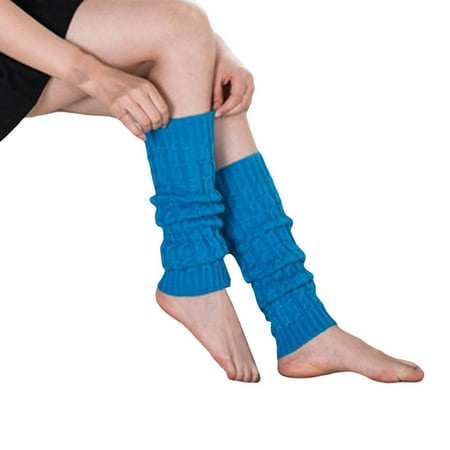https://mdcreekmore.com/ten-ways-to-keep-warmer-this-winter/
Ten Ways To Keep Warmer This Winter
In Homesteading by M.D. CreekmoreDecember 20, 20192 Comments
Reading Time: 4 minutes

by The Frugal Fraulein, you can visit her blog at Frugal Canning…
Since I opted to turn off the electric heat this winter and use wood I have learned so much! First, it can be done. I not only have lowered my electric bill but I am getting exercise collecting, cutting, splitting and hauling in wood.
It is true that there are other things that can be done to keep warm besides changing the source of your heat.
1. Wear layers of clothing. Your body creates heat and wearing layers contains this free source of heat. Did you know polyester underwear and long underwear is considered by survivalists to be the superior fabric of choice for undies? The reason is it wicks away moisture.
Both cotton and wool hold moisture which can lead to hypothermia. I choose to have many polar fleece articles of clothing. I have hats, gloves, mittens, scarves, vests, jackets, pants, pullovers, socks and a bathrobe all made from polar fleece.
My mother (who is 80 years young) now loves her polar fleece pants and loved the fact that she could hem them by simply cutting them off at the bottom. Polar fleece does not unravel or fray! If you are really cold, wear a warm hat as most heat escapes from your head and the brain gets the cold message immediately.
2. Throws and lap blankets. I have one on each of my easy chairs. If I feel chilled I pull one on and snuggle with Mister T. I have wool, down, cotton and polar fleece throws and again polar fleece wins the contest for being the warmest. Last Christmas I received a Snuggle which was one of the most popular gifts of the season. It is a great idea and design but the quality of fleece used is not warm enough for my taste so I use it in the warmer months.
3. Cover furniture with polar fleece. (Sounds like I am doing a commercial for polar fleece but I am not. If there is a polar fleece company that would like to hire me to do endorsements, of course, I am available.) I covered my sofa with polar fleece at first to keep it clean when I had two dachshunds.
What I discovered was it very warm to sit on the couch and I have noticed that the company seems to head straight for the couch and always comments on how comfy it is. I highly recommend a large piece of a good quality polar fleece for your favorite perch to keep you warm.
4. Socks and Slippers. I am not a fan of socks and would prefer to be barefoot. There is a huge difference in the warmth of my body when I wear socks so I have come to accept their importance to my well being in the winter months. Coupled with a great pair of warm slippers you will not feel drafts that creep around the floor. Since hot air rises, feet are subject to this cold air.
5. Down Comforters. For years I would not even consider a down comforter for my bed. Since most birds fly south for the winter why would down be warm? Silly me. Years ago when I still lived in New England I had the opportunity to go to a sleeping bag factory. At their outlet store I purchased a down sleeping bag before the zipper had been installed. This “blanket” was very toasty and held in my own body heat.
It was simple army green and I made a duvet cover for it. I had that blanket for many years and it finally met its demise to mold while being stored. Two summers ago I chanced upon a very good quality down comforter that was being sold by a woman who thought it was too warm.
Since I absolutely love a cold bedroom and have my window open at night 365 nights of the year, I was thrilled to steal it for $10. Again I have a duvet cover to keep it clean and I love the warmth I feel when I cuddle with Mister T (for those of you that don’t know, Mister T is my best buddy my mini black and tan dachshund).
6. Use Door Draft Stoppers. Door draft stopper or guards are filled tubes that keep cold air from creeping under doors. They can be purchased new or made easily by filling a tube sock or tube of fabric with rice, beans, sand or stuffing. They look a bit like a snake and really do the trick. If you have a dog like mine that likes to pull the innards out of stuffed animals don’t make yours with stuffing!
7. Close Doors. Keep the doors closed to rooms that do not need to be heated. Just heat the areas that you sit in during the day.
8. Do leave the Bathroom Door Open. Showers and baths create lots of heat but more importantly humidity. In the winter the house dries out and the moisture from the bathroom can help tremendously. Now I understand in some family’s privacy is important. Just leave the door open after showering and don’t use the fan.
9. Do Leave the Oven Door Open. Leave the oven door open after cooking and turning off the oven. Let that heat escape to warm the kitchen.
10. Do Open the Dishwasher When Washing Cycle is Finished. Once the dishes are washed open the door and let the dishes air dry. This will let the heat escape, allow the moisture to escape to humidify the house and save a bundle on electricity over a period of time.
Hopefully one or more of these suggestions will help you stay snuggie warm in the cold months. If all else fails go to the animal shelter and get a Dachshund. Dachshunds love to snuggle under the blankets and curl up and sit in your lap. They are loving, loyal, small and great substitutes for hot water bottles. Your other alternative is to go to bed early with a good book.



















































 idea.
idea.


